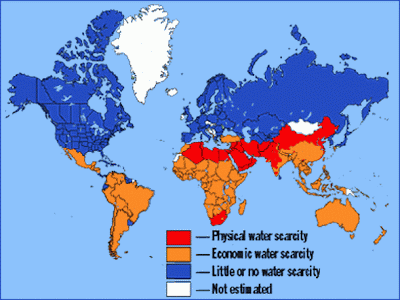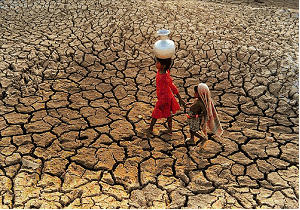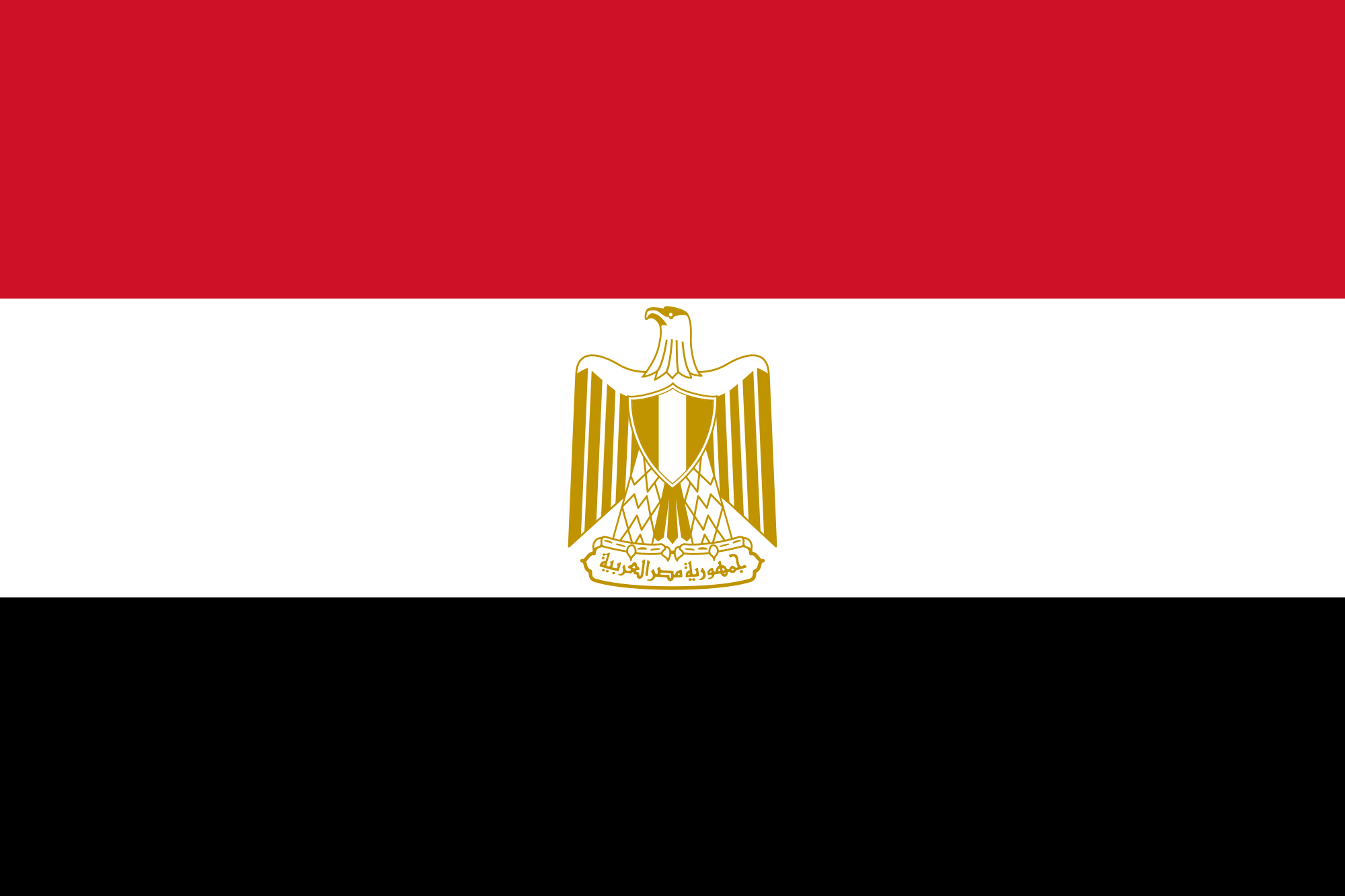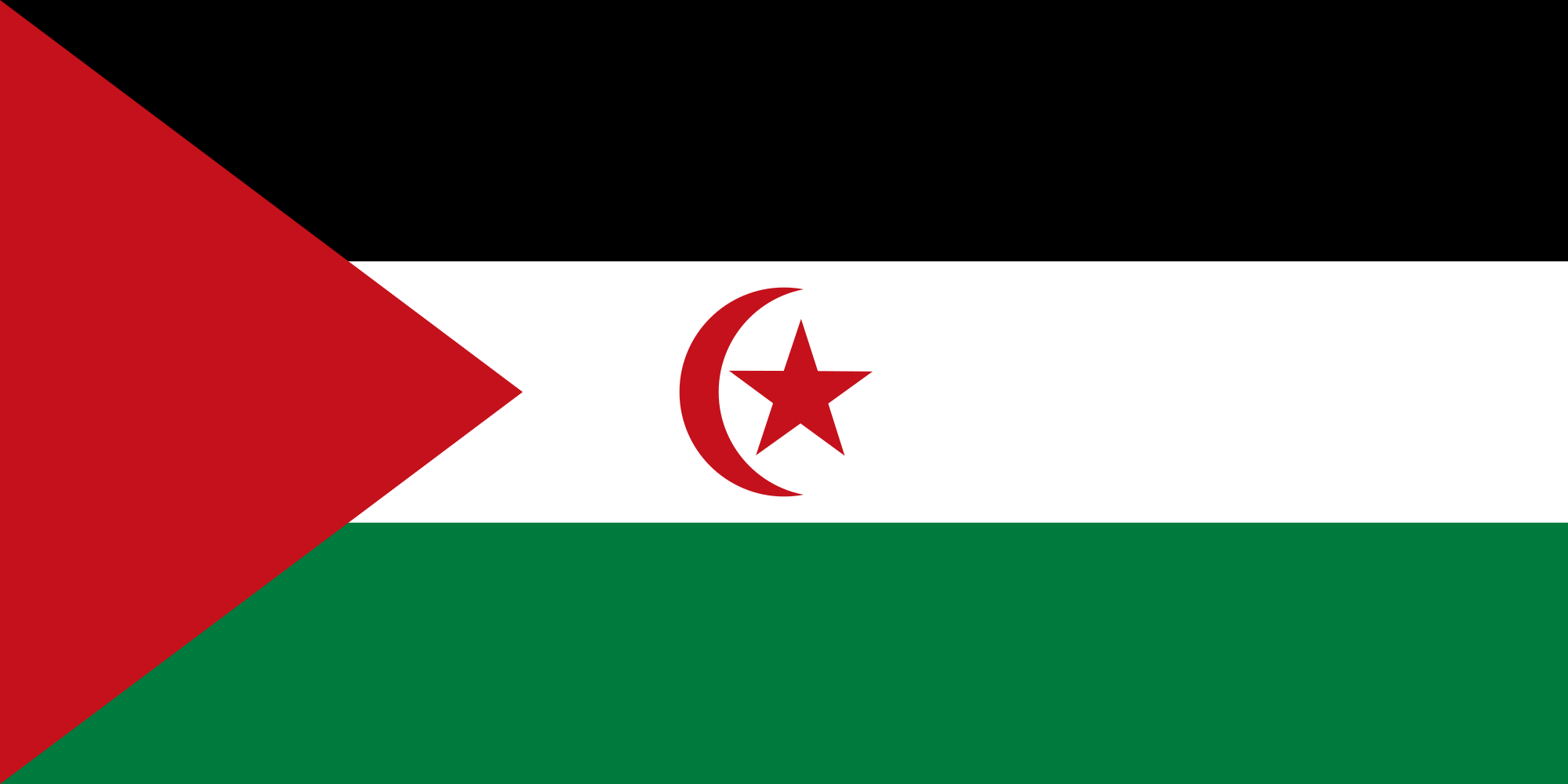What are major concerns / impacts expected to occur in North Africa?
the main concerns include:
*Drought
*Water shortage
*Oil Market production
This water water shortage is due to the dry land shown below which is the type of drought North Africa is faced with. Because of climate change, the already extremely hot North African climate is slowly becoming even hotter. This is very dangerous because eventually over time this could led to no water in many parts of this land. As you can see some places have little to no water scarcity, but North Africa clearly has a lot.
For this country, water is already a problem. Climate change makes droughts leading to water scarcity more common. This is a huge problem because it changes agricultural production, causes grain shortages, and increases food insecurity. The biggest issue with this problem is that is ultimately causes famine and loss of human life.
Not only does this cause damage for the well being of society, it also harms the economy. It affects the economic development and discourages investments within the agricultural industry.
Although this water shortage is a huge problem for the citizens of North Africa, there are also many problems tied into the economical side of this region. Loss of oil is decreasing the production coming out of North Africa.
Oil has dropped 50% since 2014. This is a huge issue for the world we live in because many depend on it, but also for the industries making profit off of it. The oil prices are fluctuating in the earlier years this is because the dependence on oil makes these economies vulnerable to fluctuations in oil prices. Currently, the price for oil is 'normal.' This is not good for businesses because these low/normal prices will result in shrinking finical outcomes.










